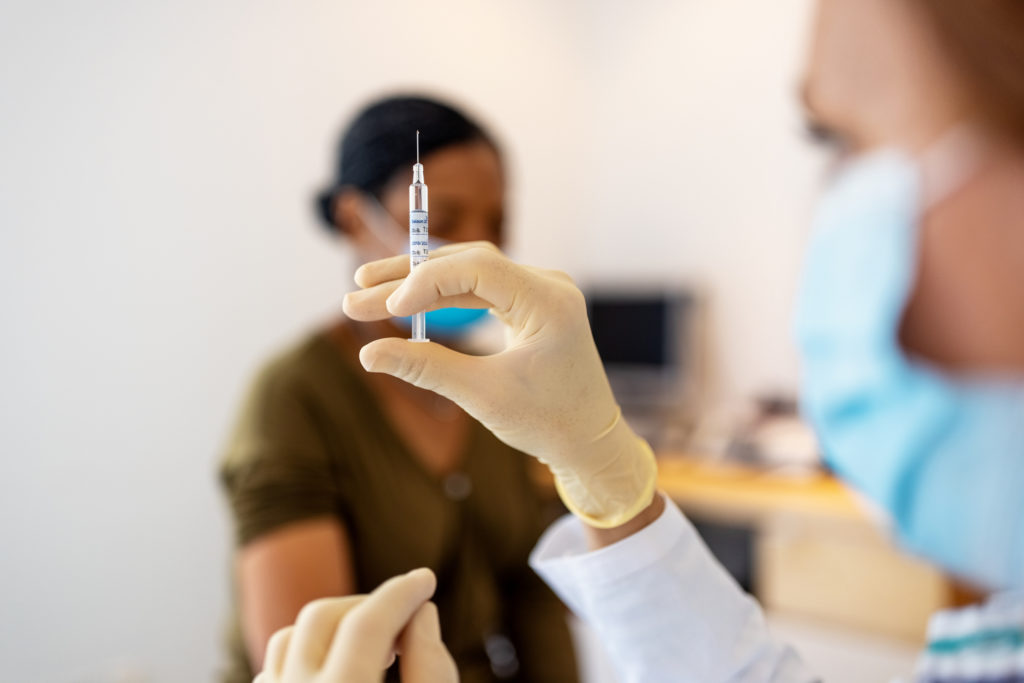Key Results
- The mismatch in urgency between job seekers and employers may be easing, the latest Indeed Hiring Lab Job Search Survey finds.
- Active search has picked up among both jobless and employed job seekers, with more people saying they want to start work immediately.
- Fewer unemployed workers cited COVID-19 as a reason for not searching urgently.
- Whether job search continues to strengthen most likely depends on the course of the pandemic.
US job searches picked up from early June to mid-July, according to the second Indeed Hiring Lab Job Search Survey.
In June, the first Job Search Survey found a mismatch in urgency between employers and people looking for work. Many employers wanted to staff up quickly as the economy reopened, but lots of workers said they didn’t want to start a job right away. The July results suggest that the urgency mismatch has eased, but that further improvement depends on the state of the pandemic.
In the two surveys, the Indeed Hiring Lab polled 5,000 people in the US, ages 18-64. The samples included individuals in and out of the labor force, and employed and jobless people. The July survey found 31.6% of respondents actively looking for paid employment, up sharply from 24.4% in June. Some 14.1% of respondents characterized their job searches as active and urgent, up 3.8 percentage points from the June survey.
COVID-19 concerns were still widely cited in July, but the pandemic appeared to constrain job seekers less than in June. In the July survey, fewer unemployed people flagged the pandemic as a reason for not searching urgently for work. Similarly, fewer unemployed people who weren’t looking urgently wanted higher vaccination rates before taking a job.
Further drops in COVID-19 concerns seem contingent on continued progress against the pandemic. But that progress is in question as the delta variant of coronavirus spreads. Hiring Lab will keep an eye on this trend and others in the months ahead as we continue to poll job seekers about their job searches and plans for the future.
Job seekers get more active and are more willing to start jobs immediately
The urgency mismatch between employers and job seekers was less severe in July than in June, with a larger share of survey respondents actively looking for work and a greater percentage of them prepared to start promptly. The increase in urgent search activity was mirrored by a decline in the shares of those respondents passively searching for jobs or who said they weren’t open to work.
The labor market’s urgency mismatch stems from the fact that many employers want to staff up immediately and are hiring urgently at the same time that many unemployed people are hesitant to begin work right away. Job seekers moved a bit in the direction of employers in July, with 64.4% of active job seekers saying they would start a job immediately, up from 60.9% in June. At the same time, the percentage of job seekers who said they wanted to start a job in the next one-to-three months dropped.
Thus, a share of the population that previously planned to return to work in a few months is now willing to start work more quickly. The readiness of this group to take work right away could either be because the right amount of time has passed or one or more of several milestones, such as increased vaccination rates, has been reached.
Job seekers seem less concerned about coronavirus
One milestone appears to be progress in the fight to contain coronavirus. In the June survey, many unemployed workers cited worries about the health risks of returning to work in person as a reason their job searches were not urgent. The July survey showed a drop in the share of unemployed workers not urgently searching for work who cited this reason. Two other commonly cited reasons for not searching urgently also declined between June and July: care responsibilities and having an employed spouse or partner.
By contrast, the share of unemployed workers citing financial resources as reasons for not searching urgently rose between the two surveys. A larger percentage of unemployed respondents who said they weren’t searching urgently pointed to financial cushions as a reason finding work wasn’t pressing.
Attitudes toward COVID-19 and finances could change further. In the June survey, 29.2% of unemployed respondents who said they weren’t urgently searching for work specified increased vaccinations as a milestone for starting a job. In July, just 19.8% of such job seekers cited increased vaccinations.
Money issues seem to be a rising concern among unemployed workers not searching urgently. More of them said the end of UI benefits or financial cushions running low were major milestones that could prompt them to take a job.
Conclusion: The pace of labor market progress depends on progress against coronavirus
In mid-July, when Indeed conducted its second job search survey, respondents expressed greater willingness to jump back into work or take new positions. More of these job seekers were willing to do so immediately. The key driving force seemed to be progress against coronavirus. Fewer unemployed job seekers cited issues related to coronavirus as hindrances to job search.
These gains could be fragile. The latest COVID-19 surge threatens to arrest or reverse recent labor market progress. Hopefully, the coronavirus wave now underway will be short-lived and less devastating as vaccination presses ahead.
Methodology
This blog post is based on two online surveys of 5,000 US adults ages 18-64. The first survey, referred to as the June wave in this post, was conducted May 26 to June 3. The second survey, or the July wave, was conducted July 12 to July 20. Weights were applied to each survey to match respondent distributions across age, educational attainment, race/ethnicity, and sex with the 2020 Current Population Survey’s Annual Social and Economic Supplement.
A statistically significant difference between the two surveys depends upon the population being compared. When comparing differences across the full population, the percentage point difference in population share must be at least 0.05 percentage point for the difference to be statistically significant at the 1% level. When looking at the difference between unemployed job seekers not searching urgently for work, the difference must be at least 0.93 percentage point to be significant at the 1% level.
We define unemployed workers as those who are jobless and actively searching for paid work, either urgently or not urgently. Respondents who are jobless but only passively looking for work or not open to work are not considered unemployed, but are classified as out of the labor force.






